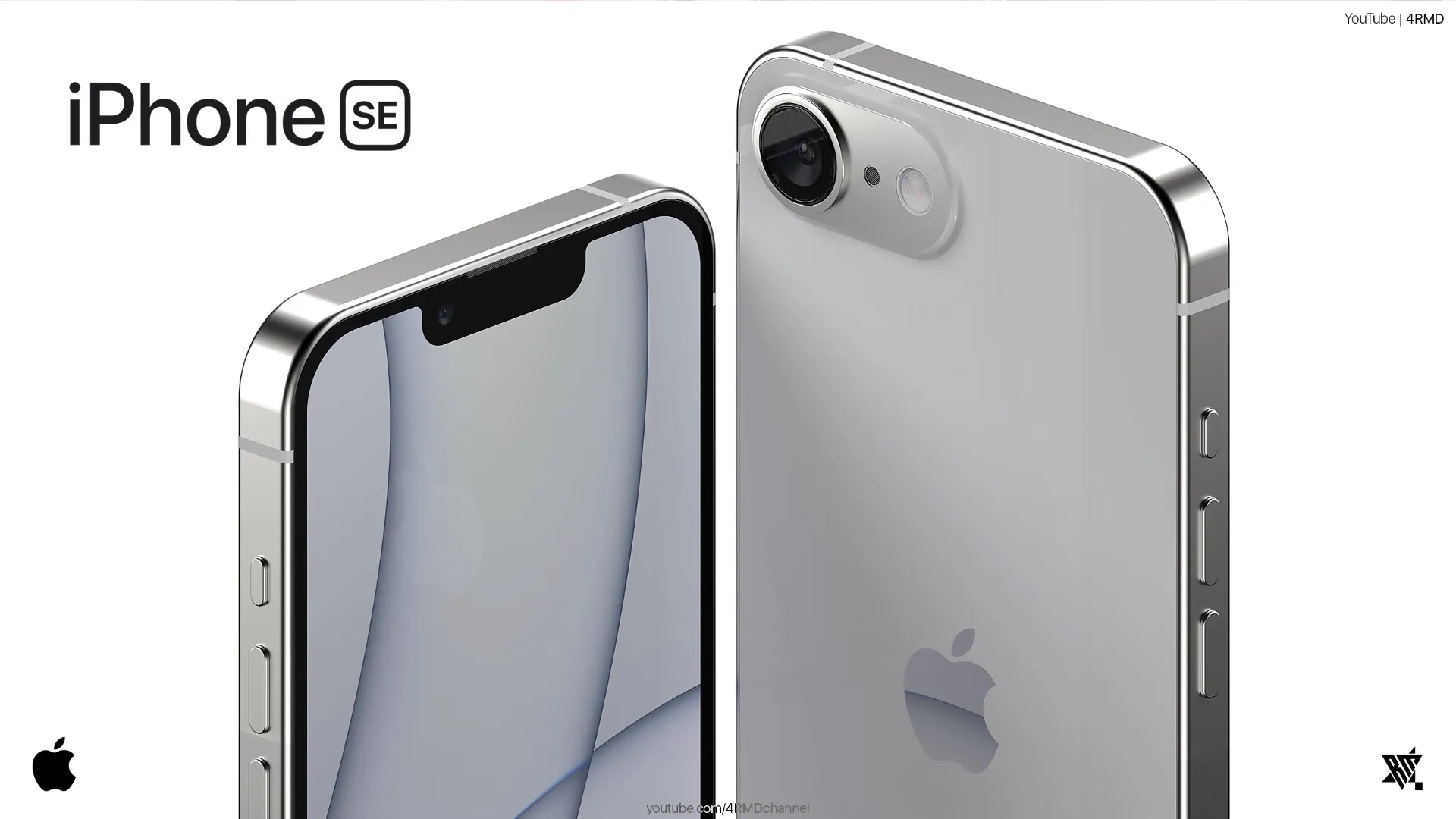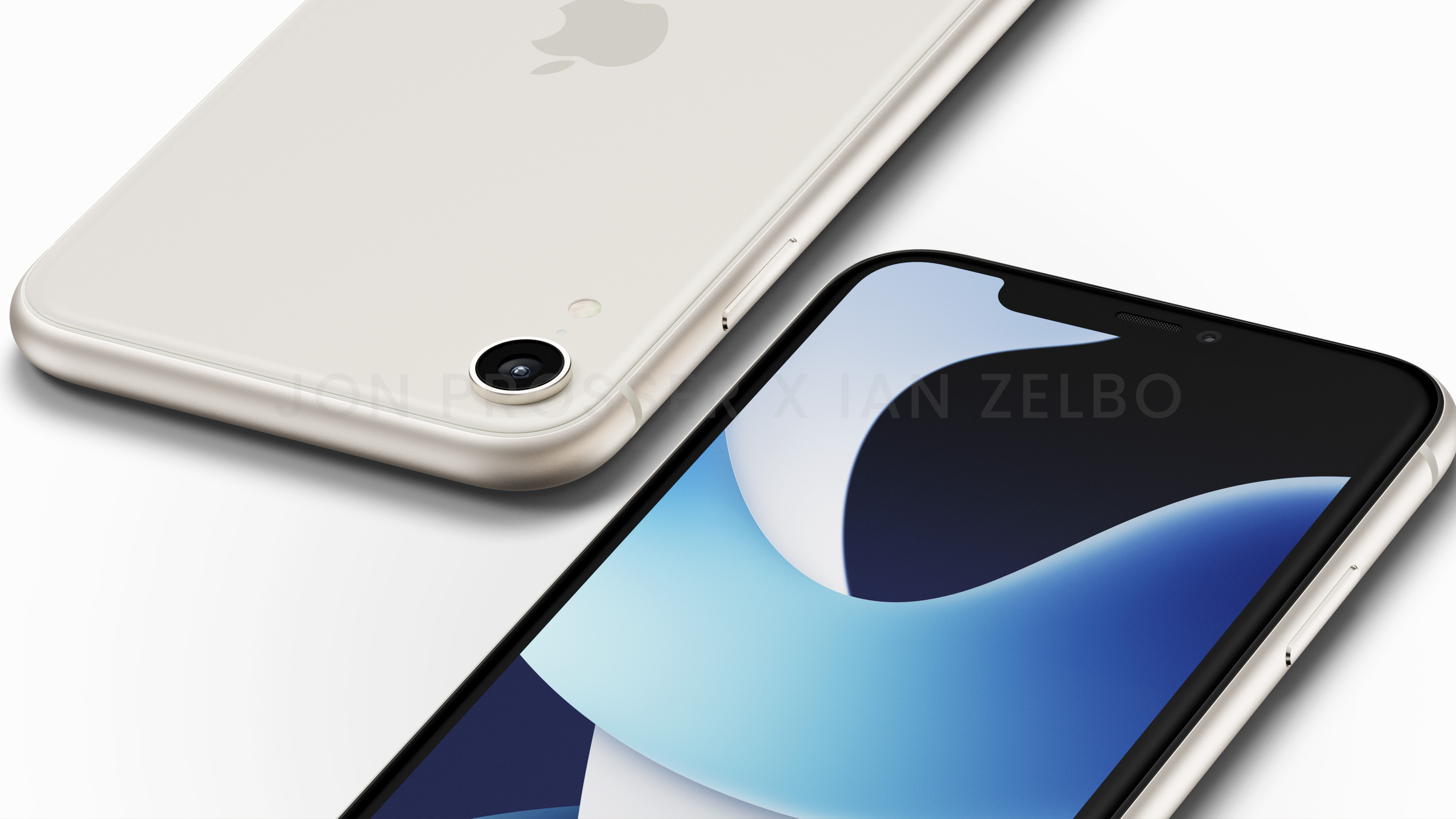iPhone SE 4 — 3 mistakes Apple can't afford to make
The iPhone SE 4 should be a home run for Apple, but there are some potential pitfalls ahead

If the rumors are correct, the iPhone SE 4 is coming in 2025 and it will be the handset’s first significant upgrade since its 2016 debut . There’s talk of it killing the Home button, embracing Face ID and adopting the modern look of the iPhone 14 —notch and all.
Bringing the SE closer to its best-selling iPhones feels like it should be a home run for Apple. But there are a few key pitfalls the company needs to avoid if it doesn’t want a flop. Here are the three biggies.
Skimping on storage space
I don’t think it’s particularly controversial to say that Apple has never exactly been generous with on-board storage. It’s not that you can’t get a handset with a crazy capacity — the iPhone 15 Pro can be configured with up to 1TB of storage — it’s just that you’ll pay a pretty penny for the privilege.
And that means Apple has a habit of being especially stingy with its iPhone SE phones where the game is all about keeping costs down. In Apple’s defense, the SE has grown over the years, quadrupling from the 16GB found in 2016 to 64GB on the 2022 iPhone SE, but that’s still low by modern standards. Hopefully, the iPhone SE 4 will come with 128GB in its cheapest configuration.
Neglecting the camera

The current iPhone SE is a bit of an anomaly in modern smartphone photography terms. On the back, you’re greeted by just a single camera lens — and it’s still 12 megapixels, just as it was when the series debuted in 2016.
There’s nothing intrinsically wrong with that, and the performance of that single lens is actually pretty good — even if the current iPhone SE inexplicably lacks a night mode. But photography is a big thing for phone buyers nowadays, and even a sniff of it being obviously inferior to what next year's iPhone 16 offers — or the iPhone 17 after that — might make people overlook the SE. Just as well it’s rumored to be getting a 48-megapixel upgrade, then.
Pricing it out of the market
This is the big risk, as far as I’m concerned. The larger OLED screen, the introduction of Face ID and the camera upgrade all cost money, and if it’s a substantial increase on the $429 current starting point, then it might not look appealing compared to whatever the iPhone 17 will start at in 2025.
Get instant access to breaking news, the hottest reviews, great deals and helpful tips.
You may think “well a cheap iPhone will always sell well”, and I would agree… if it weren’t for the fact that recent sales figures suggest otherwise. Not only is the current $429 iPhone SE said to be struggling, but the $699 iPhone mini was also retired after just two generations because it simply wasn’t selling in big numbers. People were paying at least $100 more for a bigger model.
It’s a difficult tightrope to walk, in other words. The iPhone SE has to be cheaper than the next model up to be worth buying, but not so cheap as to prompt troubling questions about what the catch is. Apple needs to find that sweet spot.
More from Tom's Guide
- iPhone SE 4 could say goodbye to Touch ID — and that's a good thing
- Google Pixel 7a vs. iPhone SE: Which cheap phone wins?
- iPhone SE 4 could be like iPhone 14 — but with three key changes
Freelance contributor Alan has been writing about tech for over a decade, covering phones, drones and everything in between. Previously Deputy Editor of tech site Alphr, his words are found all over the web and in the occasional magazine too. When not weighing up the pros and cons of the latest smartwatch, you'll probably find him tackling his ever-growing games backlog. He also handles all the Wordle coverage on Tom's Guide and has been playing the addictive NYT game for the last several years in an effort to keep his streak forever intact.

